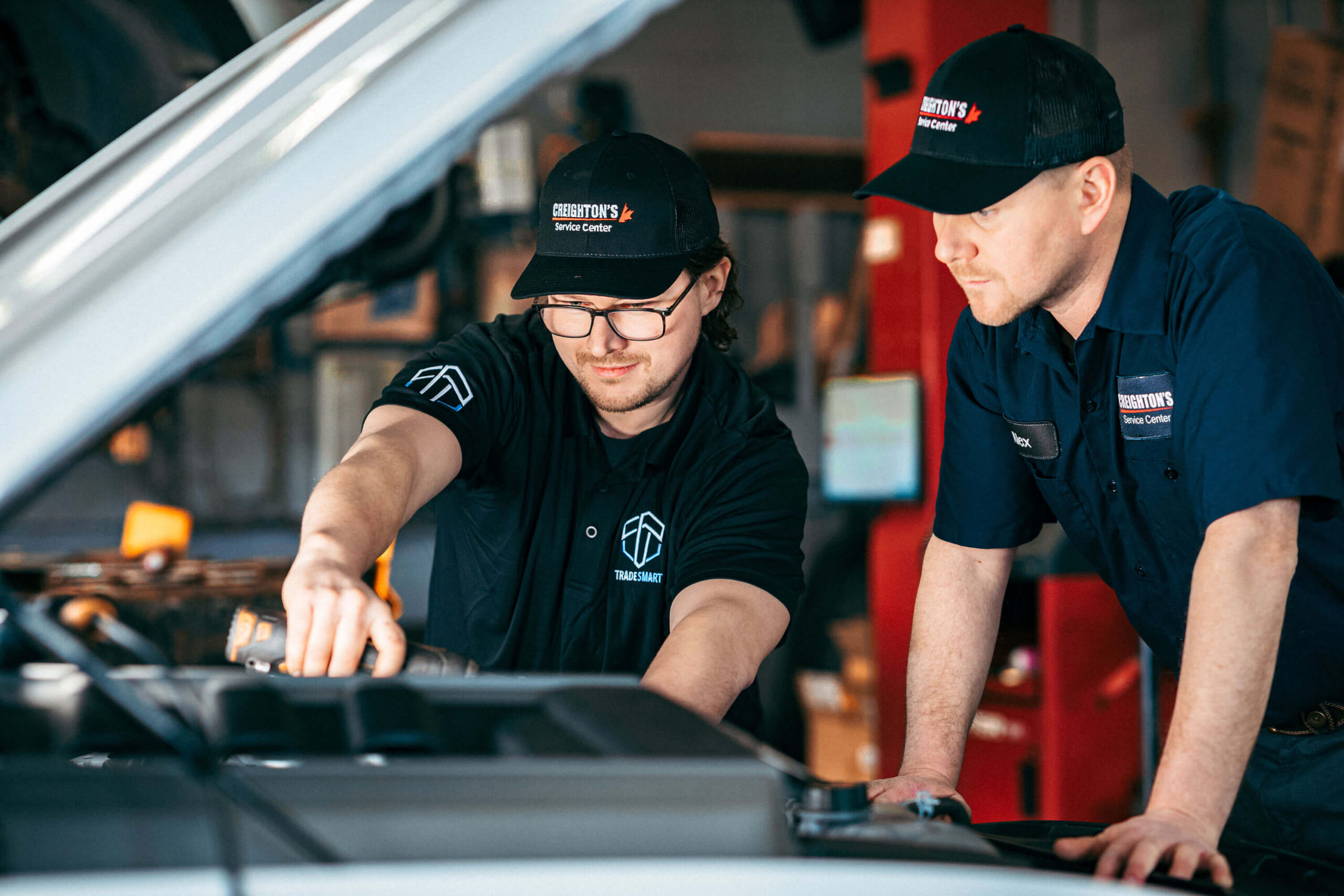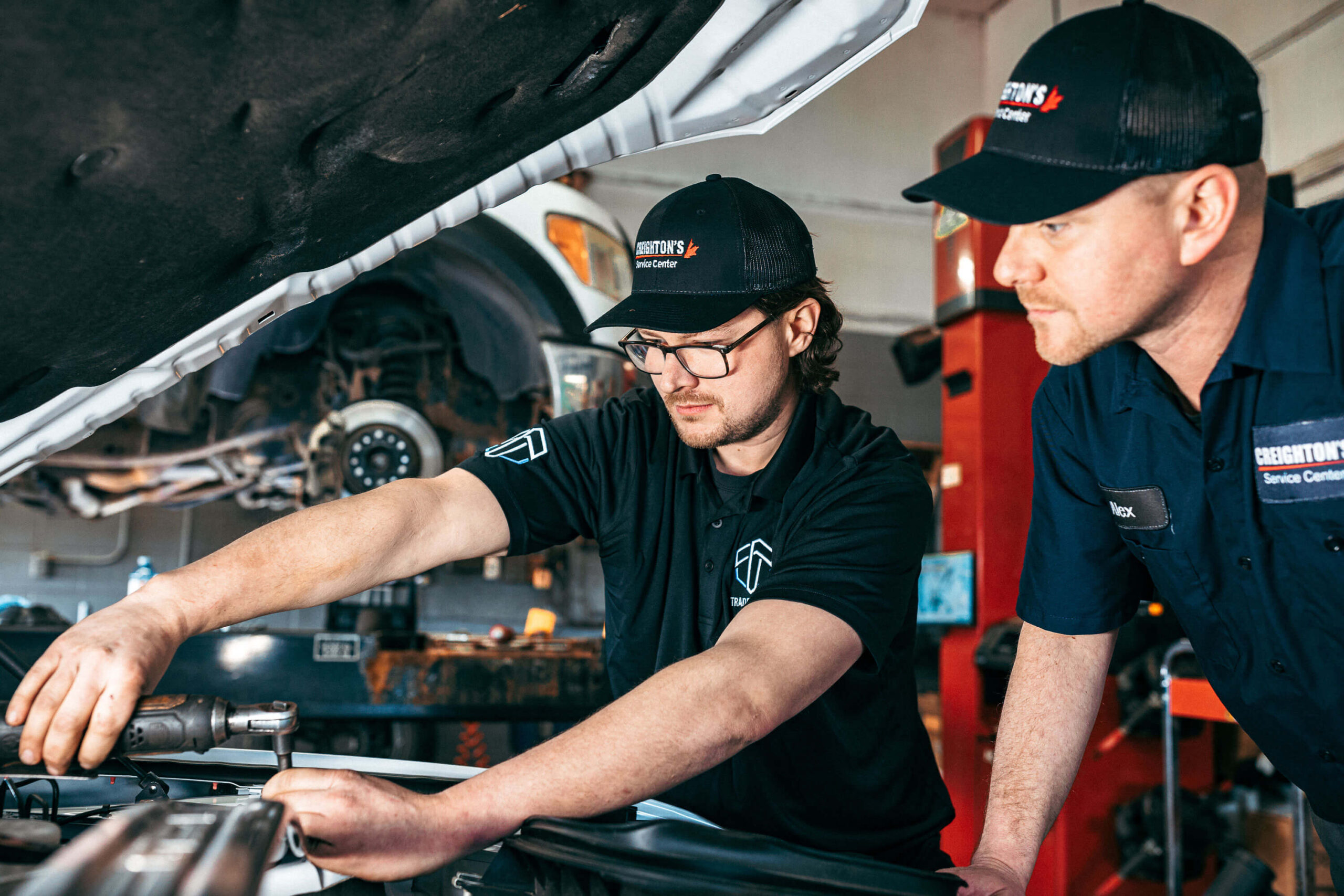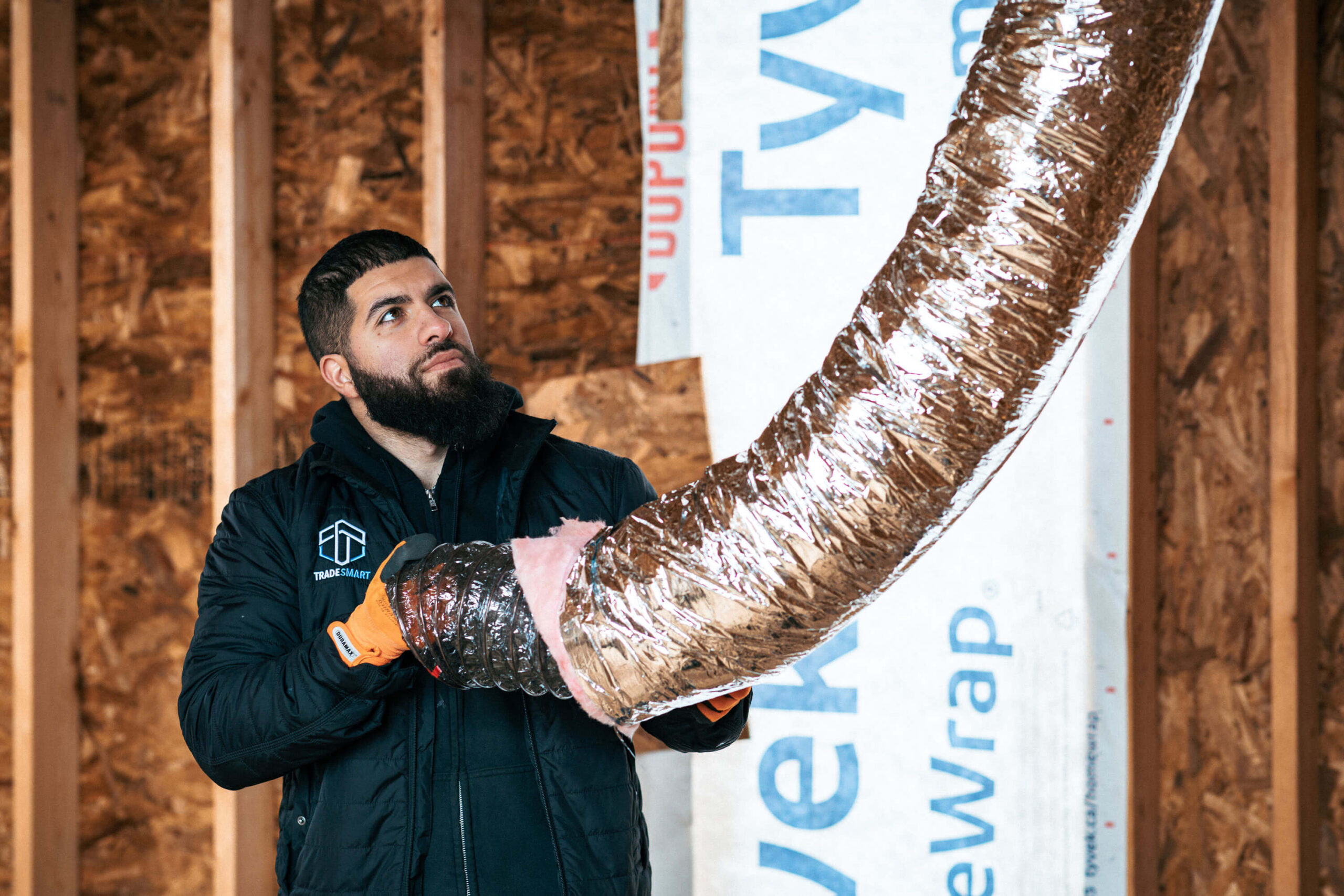
We Need More People in the Skilled Trades
We Need More People in the Skilled Trades For decades, we’ve been hearing about the shortage of people entering the skilled trades, and it seems like the problem is getting worse, not better.

The first step in taking advantage of the tremendous opportunities in the skilled trades is to become an apprentice. We get questions from prospective students almost every day that ask us how to do this. They’ve often done an online search, but even after that they don’t have a clear picture of how to become an apprentice. While the actual steps seem simple, the reality is that becoming an apprentice is the most difficult part of the journey into the skilled trades.
If you go to the Ontario government’s website, you can find the four steps you need to complete in order to become an apprentice. https://www.ontario.ca/page/start-apprenticeship Those steps are:

So what do these steps mean? Starting with step 1, in order to be eligible for an apprenticeship in Ontario you must be at least 16 years old and have legal permission to work in Canada. In some trades there are also some educational requirements, most commonly a high school diploma. The educational requirements are intentionally low because an apprenticeship is first and foremost a form of education, more than it is a form of work.
Assuming you meet the requirements above, the next step is to find an organization (a company or union) who will sponsor you in your apprenticeship. You can send your resume to companies or knock on doors and hope that somebody will take you on as an apprentice. If they do, you can then apply for an apprenticeship, and then you work with that organization to sign a “Registered Training Agreement” with the government. After that, you are officially an apprentice and on your way to an amazing career in the trades.
If only it were that simple.
While these steps are technically correct, they tell you almost nothing about how to actually get an apprenticeship. This is like saying, there are only four steps for running a marathon:
If you said to a marathoner, “I can now run a marathon because someone told me these four steps”, they will probably pat you on the head and wish you good luck. And the same is true for the steps to become an apprentice. In both cases, there is so much that goes into each step that just knowing them does you no good. And in both cases, it is step 2 that prevents almost everyone from becoming an apprentice or running a marathon.
For apprenticeships, the reality is that even if your age, work status and educational background qualify you to become an apprentice, the same is true for thousands, perhaps millions, of other people. So “finding an employer or sponsor” is actually the most difficult part of the entire process of getting into the trades. It is more difficult than learning the technical skills of any trade, writing the exams in compulsory trades, or finding a job once you’re licensed.
The main reason why step 2 in becoming an apprentice is so difficult is because the cost of sponsoring an apprentice, for a company or a union, is very high. As I mentioned above, apprenticeships are primarily educational experiences, not work experiences. We as a society have decided that training people in the skilled trades is better done on a jobsite than in a classroom. So companies or unions have to provide significant resources to train new recruits in the technical skills of a trade. I’ll break down these costs in more detail in a future blog but the main costs are: having a journeyperson or master available as a teacher, decreased productivity, mistakes and corrections, and turnover costs.
Organizations cannot afford to invest these resources on just anyone. And when they receive over 200 applications for an apprenticeship opportunity, all with roughly the same qualifications, they have no rational way to pick the best candidate. Moreover, most places have been burned in the past when they have taken on a candidate and set aside the time and money to train them, only to have the candidate quit in the first week or two. Given how frequently this happens, the only sensible thing for a company or union to do is to pick people who have a connection to the organization. Is your uncle in the union, or does a family friend own a plumbing company? If so, you have a reasonable chance of being sponsored as an apprentice. If you don’t have a connection, your chances are abysmal.
While relying on connections is the rational, and perhaps the only, way for organizations to screen apprentice candidates, it is not sustainable, does not promote diversity, nor does it help fill the critical shortage of tradespeople. So if you want to get into the trades but you don’t have a connection, there are a couple of things you can do. The two most common approaches are to take a pre-apprenticeship program at a college to learn some skills in your trade, or take a job as a general labourer and hope to get signed as an apprentice later.
The problem with getting a job as a labourer is that you are still waiting for an apprenticeship opportunity. Some labourers work for years before getting signed, and for others the opportunity never materializes. If you take a pre-apprenticeship program, at most colleges you still have to find your own apprenticeship. And you will graduate with dozens of others, so you are all competing for the same spots.
At Trade Smart College, we don’t admit a student until after we have secured an apprenticeship opportunity for them. We don’t guarantee that you’ll become an apprentice because you still have to earn it, but at least you know you are working towards an actual position.
Becoming a skilled trades apprentice in Ontario is more difficult than it should be given that we need over 100,000 more people in the sector in the next five years. While the theoretical steps are straightforward, the reality is that getting an apprenticeship without a trades connection is virtually impossible. If you want to get into the trades and you have a connection, you should use it. If you don’t, at Trade Smart College we currently have companies with apprenticeship opportunities in five different trades. Contact us for more information.

We Need More People in the Skilled Trades For decades, we’ve been hearing about the shortage of people entering the skilled trades, and it seems like the problem is getting worse, not better.

Your Chances of Getting an Apprenticeship: By the Numbers By any measure, Ontario is desperately short of skilled tradespeople. We need people now, but the first step in becoming a tradesperson is to

What’s the Highest Paying Trade in Ontario in 2024? Many of our prospective students ask some version of the question, “what is the highest paying trade in Ontario?” We understand the impulse behind
